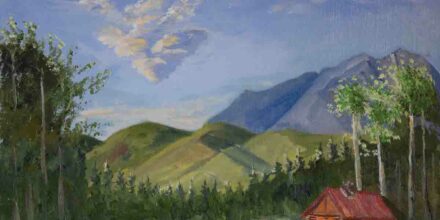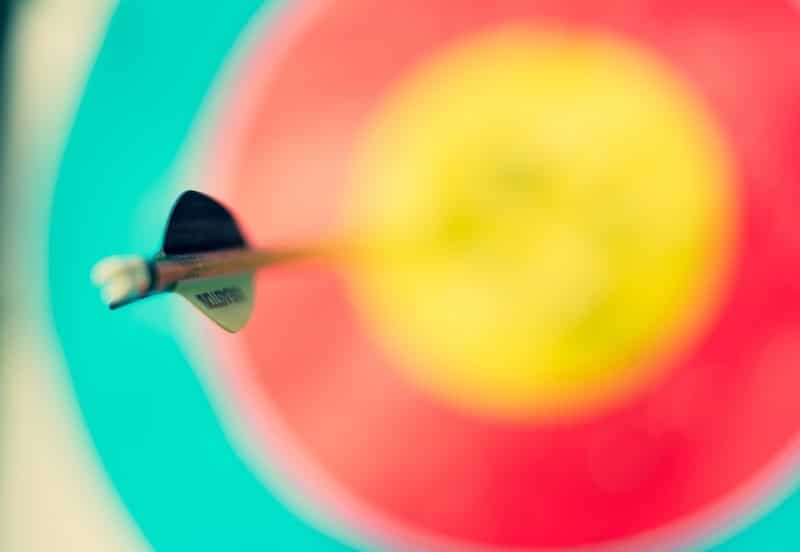 The business world was abuzz last month when LinkedIn published a new study on climbing the corporate ladder. The New York Times‘ senior economic correspondent Neil Irwin summed up its key message in the title of his own coverage of the study: “How to Become a CEO? The Quickest Path is a Winding One.”
The business world was abuzz last month when LinkedIn published a new study on climbing the corporate ladder. The New York Times‘ senior economic correspondent Neil Irwin summed up its key message in the title of his own coverage of the study: “How to Become a CEO? The Quickest Path is a Winding One.”
The LinkedIn report put some data behind the nagging question of how you develop expertise. Should you become really good at one thing? We call that “depth” of experience. Or should you do a lot of things fairly well? That would be “breadth” of experience. In short: go deep or go wide?
Well, both. But the take-away message is that sacrificing width for the sake of depth isn’t necessarily a recipe for success. It turns out that those who earn leadership positions—and especially those who excel in these posts—have a variety of experiences along the way. They don’t follow prescribed linear paths. And they don’t fit one mold.
Sound familiar?
Artists spend their careers developing both a breadth and a depth of expertise. They may do one thing really well, but they are familiar with a variety of other things, too. (It’s impossible to leave art school without experiencing many different studio practices, whether you want to or not.)
Wearing All The Hats
Plenty of those “other things” that they pick up along the way are studio-related. A painter, for example, may also learn how to work with pastels, while an illustrator may develop some pretty strong animation chops as well. But the same skills that make an artist really wonderful at adapting to new artistic techniques also make her phenomenal at building skills in non-studio areas.
Artists are their own marketing firms. They build their own lists, segment them accordingly, and cultivate relationships throughout their careers with customers, clients, and other interested parties.
Artists are their own tax advisors. They research the nuances of Schedule C tax deductions, and maintain appropriate records throughout the year so that they may claim those deductions come April.
Artists are their own financial planners. They set aside a bit each month—formally or informally—for rainy days and retirement. They build emergency reserve funds. They maximize the return on those funds (within acceptable risk parameters). And they plan ahead for those weeks that they’ll be spending fewer than 20 hours in the studio.
Artists are their own legal counsels. They draft contracts and agreements. They negotiate billing terms. They may even file their own paperwork to form a legal entity, like an LLC or an S corporation.
Artists are their own human resource professionals. They determine the best processes for finding support and compensating those who provide it. They draft employment agreements, withhold taxes, and offer performance feedback. They develop procedures for treating the folks they hire with respect and dignity, and they share in the success of their apprentices and assistants.
Artists are their own researchers. They delve deeply into an idea that has piqued their curiosity, and they read, watch, listen, and absorb information about that idea as they create their art. Their work is rarely produced in isolation. Instead, it reflects countless journeys of discovery.
Artists are their own copywriters. They draft artist statements and information about their body of work. They edit these descriptions to retain only the most essential parts. They revise their statements until these capture the essence of their career trajectories, rather than relating the entire journey. They make the work look easy.
If you missed the Neil Irwin article that I cited above, I encourage you to check it out, even if the title gives you pause. In my favorite line, Irwin writes, “Success in the business world isn’t just about brainpower or climbing a linear path to the top, but about accumulating diverse skills and showing an ability to learn about fields outside one’s comfort zone.” (Emphasis mine.)
Artists are better than just about anyone else at finding the interesting spaces beyond their comfort zones, and they mine those spaces exceedingly well. They accumulate diverse skills, and they recognize, empathize with, and honor a wide range of perspectives.
The world would be a better place if more artists were CEOs, and vice versa.







